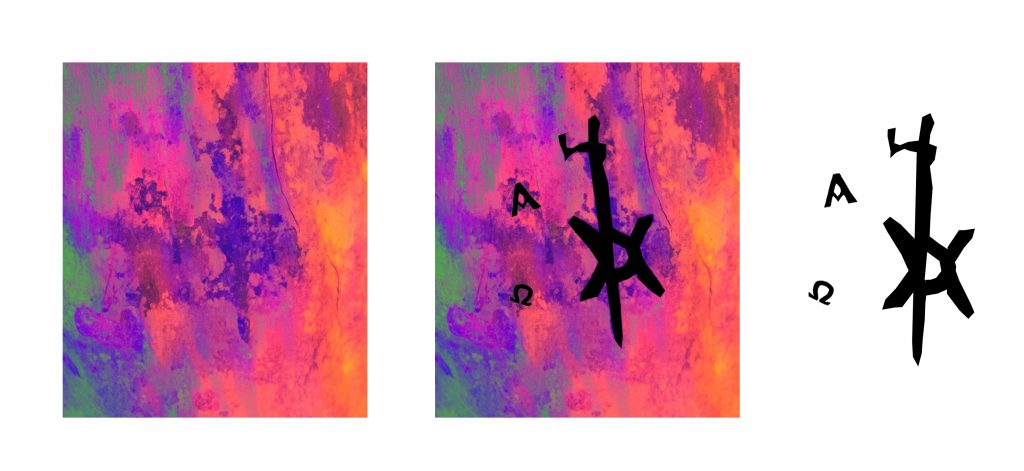
"Tattoos in the Middle Ages transitioned from forced marks of disgrace into voluntary signs of devotion, belonging, and individual faith under the influence of Christianity."
"In antiquity, tattoos served as visible markers of subjugation, branding captives and criminals to strip away individual identity, marking them for social control."
In the Middle Ages, tattoos shifted from being largely involuntary signs of disgrace associated with criminals, prisoners, and slaves to more voluntary symbols of Christian devotion and personal identity. This transformation was influenced significantly by Christian beliefs and intercultural exchanges. Although documented instances of medieval tattooing are rare, a few written accounts indicate their existence and relevance. Whereas tattoos in antiquity communicated degradation, the Middle Ages challenged these meanings, allowing tattoos to express belonging and faith rather than mere subjugation.
Read at Medievalists.net
Unable to calculate read time
Collection
[
|
...
]